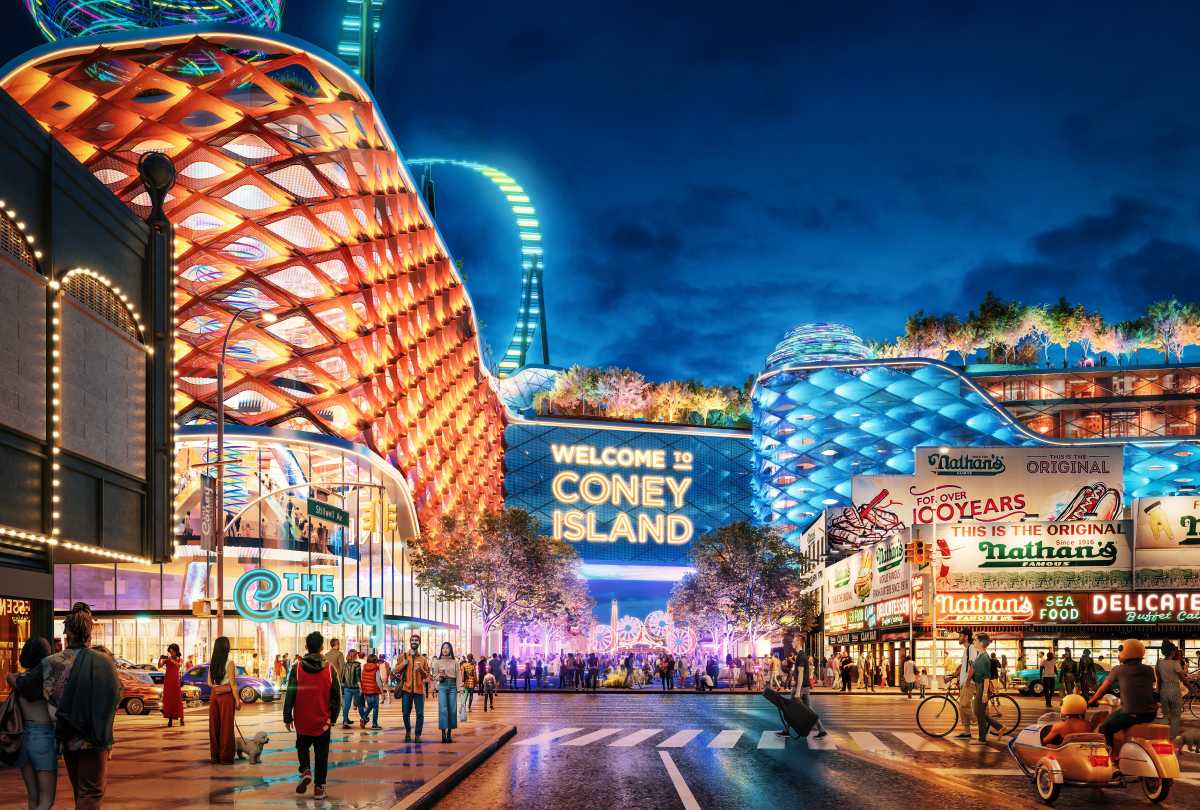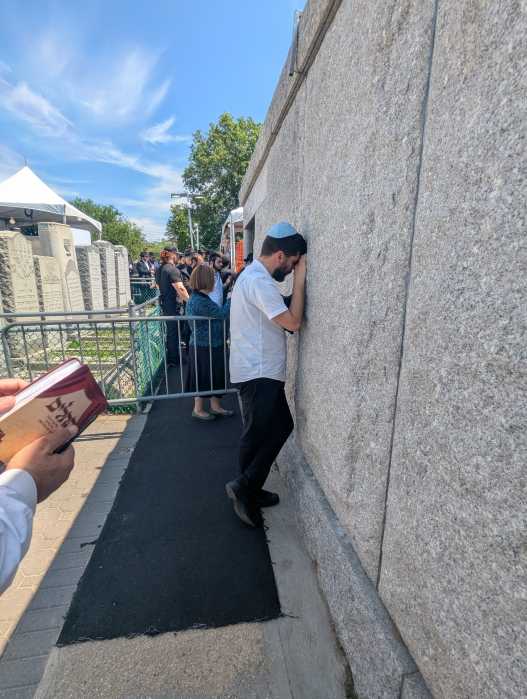BY ZACH WILLIAMS | Local environmental activists want the Whitney Museum to answer lingering questions about its proximity to a controversial natural gas pipeline.
The museum has yet to respond to a request from the environmentalist group Sane Energy Project to meet over the summer with local residents. They are concerned that the Spectra pipeline poses a danger to the neighborhood and priceless works of art. Their questions include how the museum determined the new building site, which opened on May 1, as well as whether any emergency plans are in place in the event that the pipeline were to explode.
“When you talk about the worst case scenario…the building will be gone. The block will be gone. There was a pipeline explosion in San Bruno, Calif. in 2010 that was a similar pressure and diameter. It blew a crater four stories deep,” Clare Donohue, project director of the group, told the Neighborhood Advisory Committee at its May 11 monthly meeting held within Hudson Guild (441 W. 26th St.).

Her group, along with allies Occupy the Pipeline and Occupy Museums, have increased their pressure on museum officials in recent weeks by issuing an open letter, launching the hashtag #WhitneyPipeline on social media as well as a website (WhitneyPipeline.org) in April. Donohue said that dangerous incidents happen all too often in relation to transporting natural gas, whether by rail, truck or pipeline.
The Spectra pipeline meets with Con Ed infrastructure within an underground vault located below the sidewalk on the riverfront side of the museum. The mechanics involved in joining pipelines are particularly vulnerable within pipeline systems, she said.
Museum officials did not respond to a request for comment regarding the idea of a community meeting. A representative said government regulators are responsible for ensuring the safety of the pipeline, Chelsea Now reported on March 23. The owner of the pipeline, Spectra Energy of Houston, Texas, also told the paper that the pipeline is monitored around the clock and is among the safest in the nation.
But such assurances did not sit well with the dozen local residents who attended the May 11 Neighborhood Advisory Committee meeting. They expressed their solidarity with the effort to bring the museum to a community meeting to address the concerns they share with the Sane Energy Project.
Federal and local safety regulators have conspicuously failed to prevent high-profile accidents in recent weeks such as an explosion which shut down a reactor at the Indian Point Nuclear Power Plant upstate, as well as the recent gas explosion in the East Village, according to Larry Littman, a local resident.
The Spectra pipeline attracted controversy before and after opening in 2013. It’s association with fracking worried residents that toxic radon would enter their homes via the gas network. Residents also harbored safety fears and opposed the construction of a pipeline transporting carbon-emitting fossil fuels. Protests and court challenges failed to stop the project, but activists still want to know why the Whitney chose to relocate to the site, and what the plans are if the situation there ever goes awry.
“I just feel it doesn’t appear to be a responsible decision and they should answer these questions,” Donohue said.




































